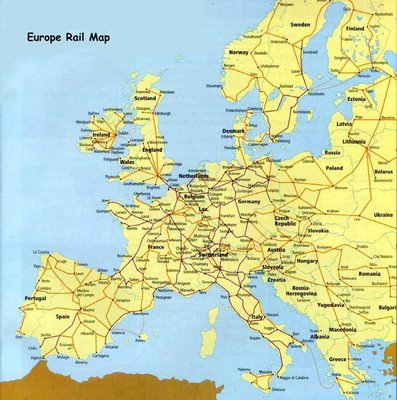If speeding warehouse operations is one of your goals in 2006...obtaining more accurate inventory information should be your first step. It is easier to quickly move orders out of the warehouse if you have accurate, high-quality data on inbound shipments.
1. Manage inbound orders prior to execution within the warehouse. This eliminates unnecessary steps. Think beyond merely storing goods and moving orders out of the facility, and develop or implement a system to process customer requirements, carrier requirements, and delivery specifications in advance.
2. Forecast correctly for demand planning. Make sure you have the necessary data to plan warehouse operations according to demand. Staffing your warehouse to meet inbound and outbound shipment volume is critical for maximizing warehouse speed.
3. Slot inventory properly. Understand what products move frequently through your system, and slot inventory based on demand planning and actual use. This is key for improving warehouse productivity. Having the right product in the right storage media close to receiving and/or shipping locations maximizes operations efficiency.
4. Consider hiring a logistics engineer. To best achieve proper storage media and warehouse layout, seek the expertise of a logistics engineer when designing your warehouse, or sign a small consultancy agreement with a reputable 3PL.
5. Coordinate with your carriers. Be sure your warehouse management team coordinates with inbound carriers and drayage companies, among others, to ensure staffing is properly aligned with inbound receipts. It is important to have the ability to efficiently move products through your facility and directly into the correct transportation mode.
6. Train a core group of employees in all warehouse processes. Having the right employees in the right department to process time-sensitive receipts and/or shipments is crucial.
7. Document processes. Managers should document warehouse execution steps so all employees know how to perform their jobs effectively. Create a training manual -- it can be either an electronic or paper document; whatever works best for your company.
8. Utilize a Warehouse Management System (WMS). Choosing the right WMS is critical. Make sure the system is not overly robust -- which can bog down operations with unnecessary requirements -- or too simple, requiring additional manual processes to overcome deficiencies. Research different solutions, solicit RFPs, and make an educated investment.
9. Invest in radio frequency (RF) equipment. Placing RF guns throughout the warehouse is key to increasing throughput. Make sure you have the correct number of devices in receiving, putaway, picking, and shipping, as well as ample backup guns for temporary workers to use during busy times.
10. Make teamwork and communication a priority. Make sure team members are well informed and prepared to achieve daily goals. Consistent and frequent communication about upcoming events, as well as feedback from frontline leaders and management, is key for responding to the operational changes required to meet customer demands.
You know, you could also
hire yourself a top-notch 3PL to manage all of the above as well. That may be easier...and when its all said and done, maybe just a bit cheaper too!















